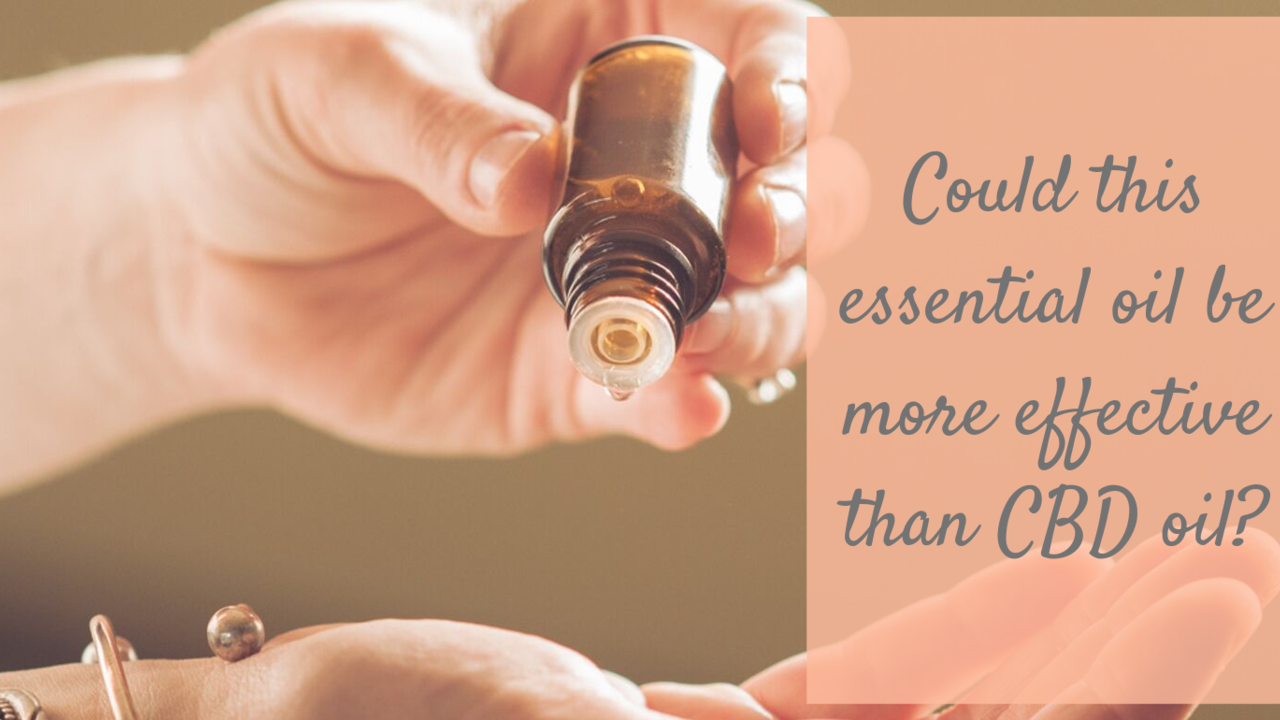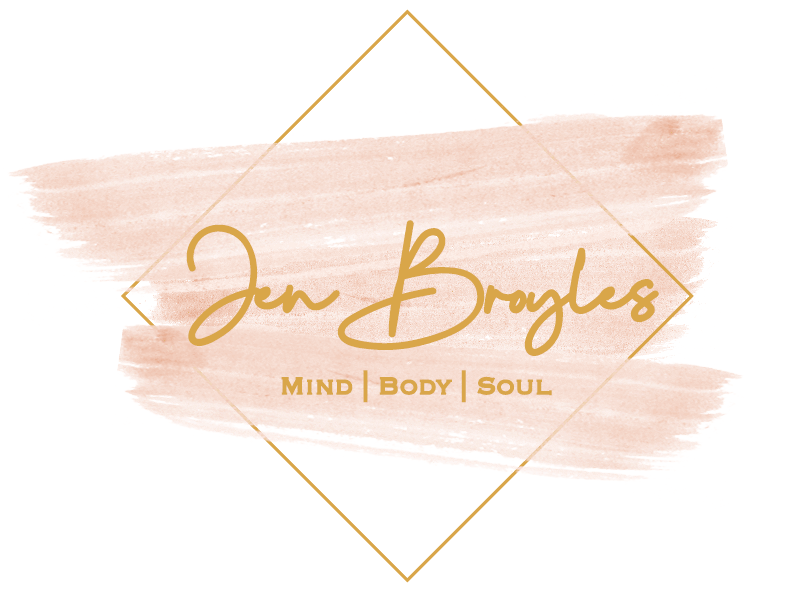
Why this Essential Oil Could be More Effective than CBD Oil
CBD oil is all the rage these days and for good reason. High quality, pure CBD oil has shown promising health benefits. But what is CBD and how does it support the body? And if you’re not getting the desired results from CBD oil, is there another option that may work better for you?
What Is a Cannabinoid?
Perhaps you have heard the term CBD which is a cannabinoid. The term cannabinoid refers to any compound that triggers your endocannabinoid system by activating its receptors. Cannabinoids are produced naturally in your body, but they can also come from other sources.
The cannabinoids that are naturally produced in your body are called endocannabinoids. Cannabinoids that come from plants are called phytocannabinoids. CBD is one example of a phytocannabinoid, though there are many. There are also synthetic cannabinoids.
How Do Cannabinoids Work?
A cannabinoid is anything that triggers your endocannabinoid system (ECS). So what exactly is the endocannabinoid system? The ECS plays an important role in regulating many functions within your body, including the inflammatory system, immune function, sleep, appetite, digestion, pain receptors, hormones, reproductive function, and memory. Your body makes endocannabinoids as needed to help with this regulation. These endocannabinoids activate your cannabinoid receptors—cannabinoid receptor 1 (CB1) and cannabinoid receptor 2 (CB2).
CB1 receptors are found mainly in the brain and throughout the central nervous system. They are primarily associated with pleasure and reward pathways.
CB2 receptors are found mainly in the immune system. They are found on the surface of white blood cells throughout the body, including muscles, skin, and vital organs. CB2 receptors are also linked to the regulation of the inflammatory system. CB2 receptors are not as widely distributed throughout the body as CB1 receptors.
An Example
Have you ever felt the famed “runner’s high”? You can thank your endocannabinoid system for that. After a period of strenuous exercise, the body begins to produce an endocannabinoid called anandamide.
Anandamide activates both CB1 and CB2 receptors. When the anandamide activates the CB1 receptors, it produces an almost euphoric feeling while the activation of the CB2 receptors soothes discomfort in the muscles and joints.
Cannabidiol (CBD) is a compound found in cannabis. CBD does not have the same psychoactive properties as THC. CBD directly interacts with CB1 and CB2 receptors, but the interaction is so weak it is inconsequential. CBD does still affect your endocannabinoid system, but it actually affects it indirectly and by a different mechanism than most cannabinoids.
CBD acts on an enzyme called fatty acid amide hydrolase (FAAH). FAAH breaks down the before mentioned anandamide. CBD slows down FAAH’s activity, which leads to increased levels of anandamide in the body.
Other ways to boost the health of your endocannabinoid system.
Beta-caryophyllene (BCP) is a sesquiterpene found in hundreds of different plant species. It is also known as a cannabinoid because it interacts directly with CB2 receptors around the body, soothing tissues and helping to manage healthy inflammatory responses. Remember that any compound (group of molecules) that acts on either or both of the cannabinoid receptors is a cannabinoid. BCP does not affect CB1 receptors and there is no risk of psychoactive effects.
Beta-caryophyllene (BCP) in Copaiba
BCP is the main chemical constituent in Copaiba essential oil, which comes from distilling the oleoresin of the copaiba tree. A GC/MS analysis confirmed that doTERRA Copaiba essential oil has approximately 55 percent BCP content—the highest BCP content of any known oil.
We know that BCP activates CB2 receptors directly. This means that you can have confidence and assurance in BCP’s ability to interact with the endocannabinoid system. Additionally, knowing exactly how BCP triggers the endocannabinoid system (by directly activating CB2 receptors), we are able to collect more reliable information about dosage and effects than we can at this point with CBD.
Powerfully relaxing, Copaiba oil comes from a fragrant tropical tree native to South America. Copaiba oil can help soothe anxious feelings and it supports the cardiovascular, nervous, digestive, immune, and respiratory systems.
What Is Copaiba Oil Used For?

Copaiba oil supports the health of the cardiovascular, nervous, digestive, immune, and respiratory systems.
With a pleasant, spicy, and woody aroma, Copaiba oil can help calm emotions and soothe anxious feelings. It is a wonderful oil to turn to at the end of a stressful day.
Can Copaiba Oil Be Taken Internally?
Copaiba oil also has a plethora of benefits when taken internally. The main constituent of Copaiba oil is Beta-caryophyllene, which is also present in Black Pepper essential oil and helps soothe anxious feelings. In addition to its emotional benefits, Beta-caryophyllene promotes healthy nervous, cardiovascular, and immune system function.
The oil also contains powerful antioxidants that boost immune health. Copaiba oil is a well-loved oil because it relieves discomfort and promotes overall health, supporting people to feel and live their best.
Due to its beautifying effect on the skin, Copaiba oil is widely used in cosmetics. To promote a clear, smooth complexion, Copaiba oil may be combined with Cedarwood and diluted with Fractionated Coconut Oil and applied topically.
Can You Diffuse Copaiba Essential Oil?
Diffusing or inhaling Copaiba oil is deeply relaxing and soothing. Add a few drops to a diffuser for emotional support. For increased cellular support, take internally alone or with Frankincense. For digestive support at mealtimes, take with Peppermint.
USAGE TIPS FOR COPAIBA OIL
Add one to two drops of Copaiba oil to water, juice, or tea to support the health of the cardiovascular, immune, digestive, nervous, and respiratory system.
Copaiba oil Provides antioxidant support when ingested.
Drop one to two drops of Copaiba oil under the tongue as part of your daily health regimen.
Add a drop of Copaiba oil to facial moisturizer to help keep skin clear and reduce the appearance of blemishes.

I would love to hear from you. Have you experienced significant health benefits from either CBD or copaiba essential oil?
Want to learn more about the purest, medicinal grade essential oils? Click here for details.
References
Battista N, Di TM, Bari M, Maccarrone M. The endocannabinoid system: an overview. Front.Behav.Neurosci. 2012; 6:9.
Piomelli D. The endocannabinoid system: A drug discovery perspective. Curr Opin Investig Drugs. 2005 Jul; 6(7):672-9.
Howlett AC, Breivogel CS, Childers SR, Deadwyler SA, Hampson RE, Parrino LJ. Cannabinoid physiology and pharmacology: 30 years of progress. Neuropharmacology. 2004; 47 Suppl 1:345-58.
Bouaboula M, Rinaldi M, Carayon P, Carillon C, Delpech B, Shire D, Le Fur G, Casellas P. Cannabinoid-receptor expression in human leukocytes. Eur J Biochem. 1993 May 15; 214(1):173-80.
Petrocellis PL, Di Marzo V. An introduction to the endocannabinoid system: From the early to the latest concepts. Best Pract.Res.Clin.Endocrinol.Metab. 2009 Feb; 23(1):1-15.
